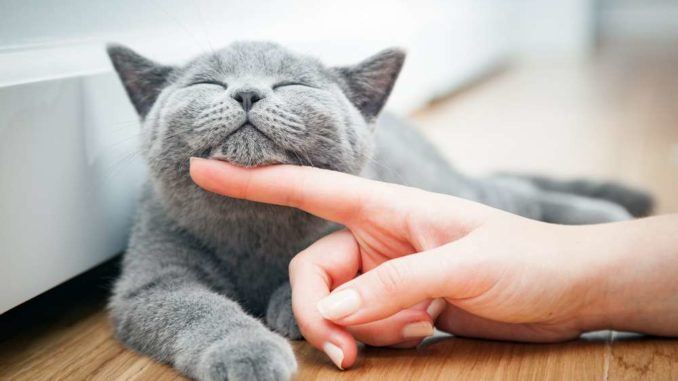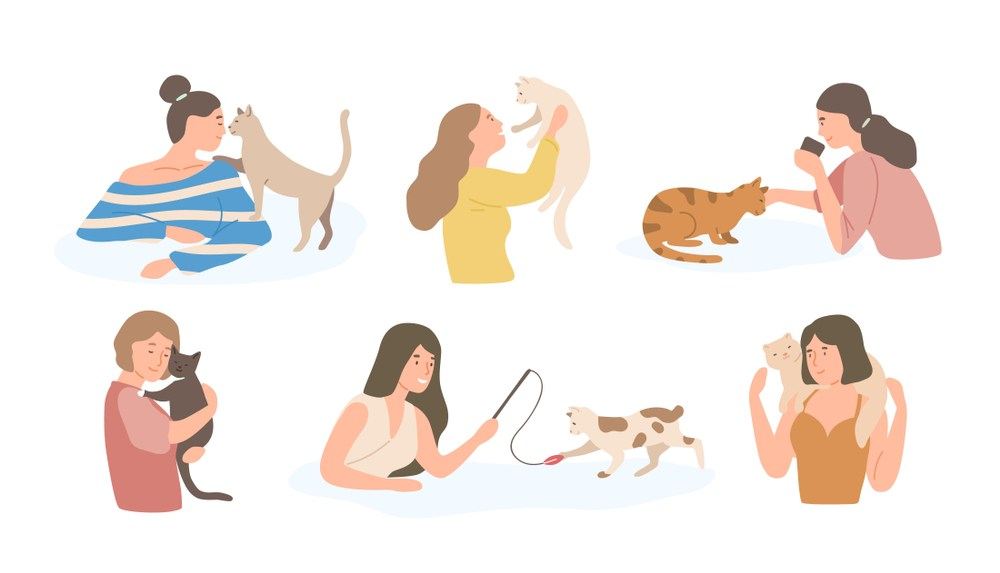
Stroke in cats
Stroke recovery in cats is often rapid, with fewer lasting effects, compared to humans. Let’s find out more about recovering from a stroke in cats.
Stroke in cats can happen, even if it is rare in pet cats. Earlier, it was believed that stroke in cats could not occur in domestic cats. However, the incidence was mainly due to incomplete diagnostic techniques and the absence of specific symptoms. These days, due to advanced diagnostic tools and methods, it has been observed that domestic cats are prone to stroke.
The good news is that a stroke in a cat is rarely fatal or dangerous and a stroke in mankind. Besides, cats are less likely to suffer permanent damage from humans. The recovery process often brings your pet back to full health within a few days. Let us understand everything about the causes of cat stroke, symptoms, treatment, and recovery period. Stroke in cats can happen even if it is rare in pet cats.
Earlier, it was believed that stroke in cats could not occur in domestic cats. However, the incidence was mainly due to incomplete diagnostic techniques and the absence of specific symptoms. These days, due to advanced diagnostic tools and methods, it has been observed that domestic cats are prone to stroke. The good news is that a cat’s stroke is rarely fatal or dangerous and a human stroke. Besides, cats are less likely to suffer permanent damage from humans. The recovery process often brings your pet back to full health within a few days. Let’s understand everything about the causes of a cat’s stroke, symptoms, treatment, and recovery period.

strokes in cats causes :
Stroke is a condition, which occurs due to the interruption of supplies of blood and nutrients to the brain. In the absence of blood and oxygen, the brain cells begin to die.
Stroke in cats or any of the mammals for this matter, which is of two types, ischemic and hemorrhagic.
A stroke occurs when the artery gets blocked by supplying blood to the brain, or it is completely blocked.
Hemorrhagic stroke occurs when blood vessels in the brain from blood leakage or an explosion.
Stroke impedes many functions in the body and causes symptoms to become apparent. However, cats do not have very specific symptoms of a stroke. Thus, some other medical conditions are likely to miss stroke symptoms.
However, some behavioral and psychological symptoms may surface, which is easy to spot. You may find the cat moving in a circle or walking a wobbly fashion. Besides, it may become calm, confused, or disoriented. Vision loss is also a rare symptom of a stroke. Stroke symptoms include other cats in loss of balance, decreased perception of touch, loss of facial expressions, vacant eyes, vomiting, etc.

strokes in cats symptoms and recovery :
If you suspect a possibility of a cat stroke when you see any of the above symptoms, it is a must to take your pet to the vet. A veterinarian will analyze the symptoms and perform specific diagnostic tests.
A CT scan or an MRI scan is often enough to confirm a stroke.
If diagnostic tests yield a positive result, your veterinarian will most likely want to keep your pet a document under observation. Pets are kept on oxygen, antibiotics, and anti-inflammatory medications are given intravenously. The condition of the cat with these measures should improve treatment.
The second stage of recovery begins at home. Your veterinarian will likely give you guidance on what signs and symptoms to look for in your pet. The vet will also provide some advice on how to care for cats like at home. Your pet may seem a little shaky during the first few strokes after days, however, and this is to be expected, as the body is getting used to the effects of stroke. As long as your cat naturally eats and sleeps, you can expect a full and rapid recovery.
The best thing about a cat stroke is that most cats can be recovered naturally with little or no medical help. In sporadic cases, irreversible damage may occur to the brain, which may send your pet in a coma or death cause.
Although cat stroke recovery is not usually a question, an event of repeated occurrence is of concern. Thus, the diagnosis often revolves around the cause of stroke and elimination to prevent recurrence in the future.
While a cat can live easily in the first brain, it may decrease life expectancy with subsequent strokes. However, you can expect your pet to lead an active life with appropriate care and treatment. It is important not to get stressed out by annoying symptoms of a stroke.
Always remember, your cat is more flexible to strokes and will return to health in no time. Thus, avoid resorting to drastic measures such as euthanasia if your pet does not regain consciousness soon. Always rush to the nearest veterinarian to avoid further damage to the cat’s brain

Leave a Reply